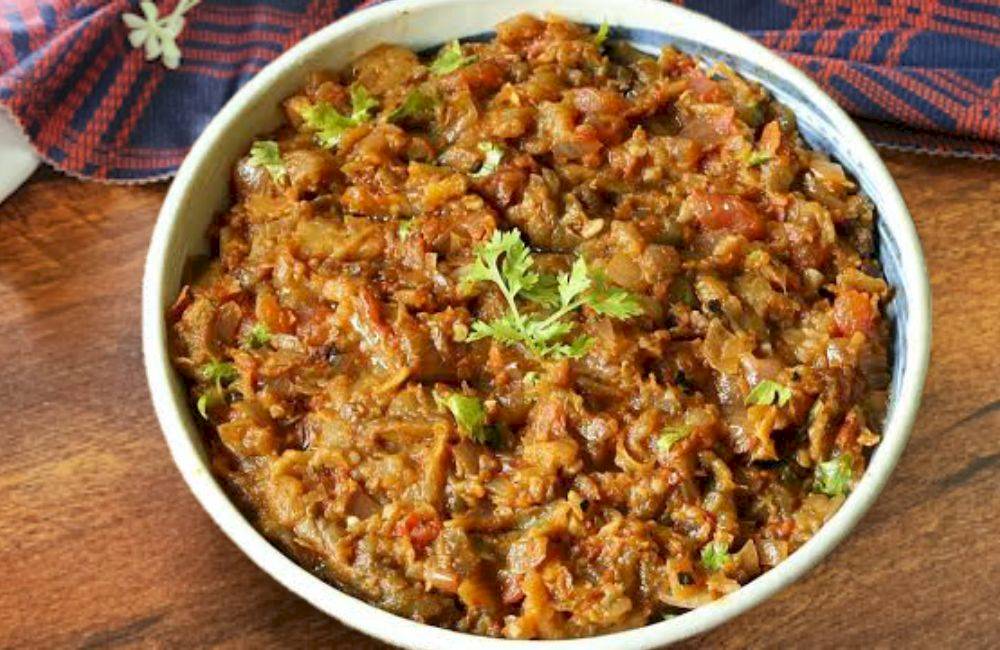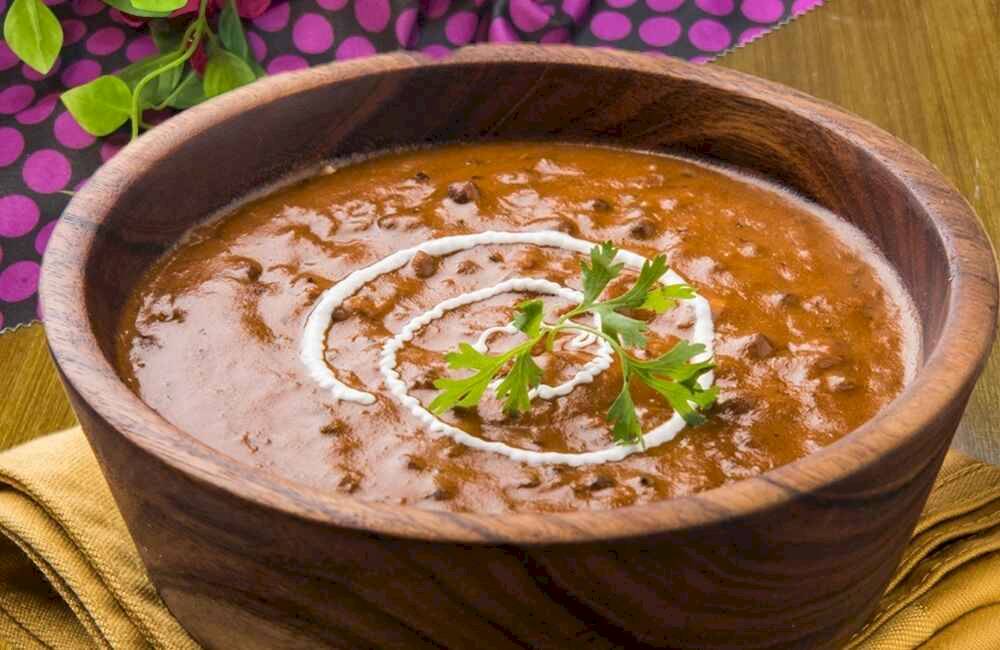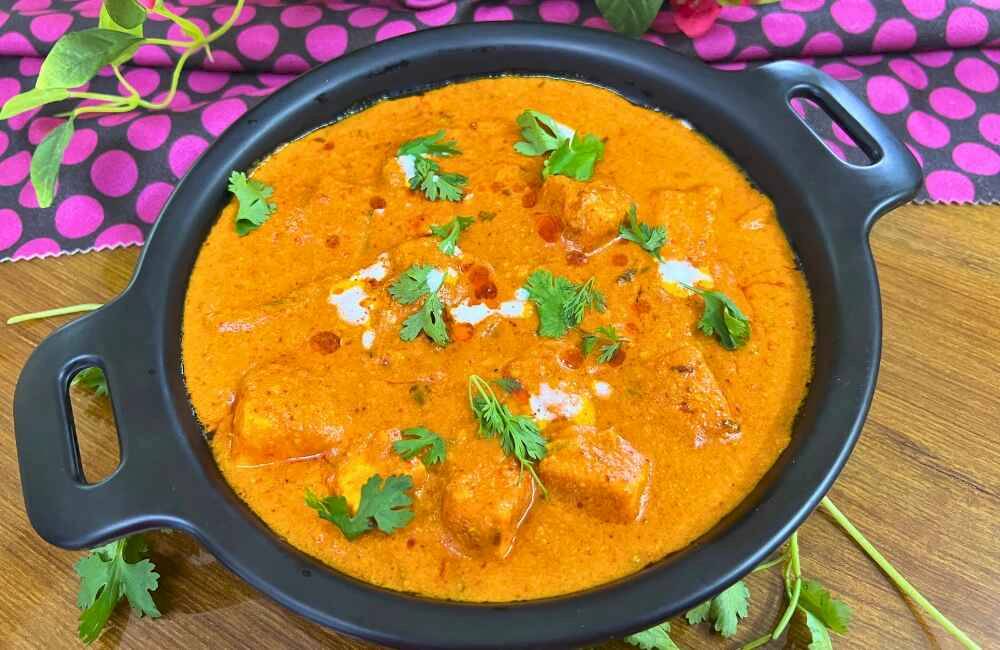Arvi Gosht /Arbi Gosht Recipe Authentic Mutton Curry With Taro Root
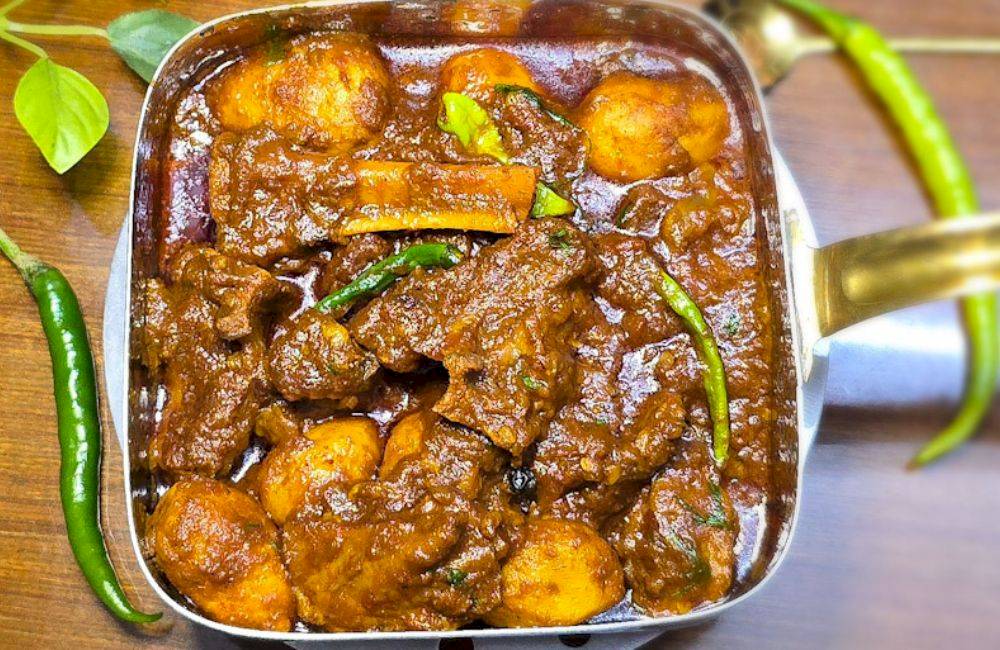
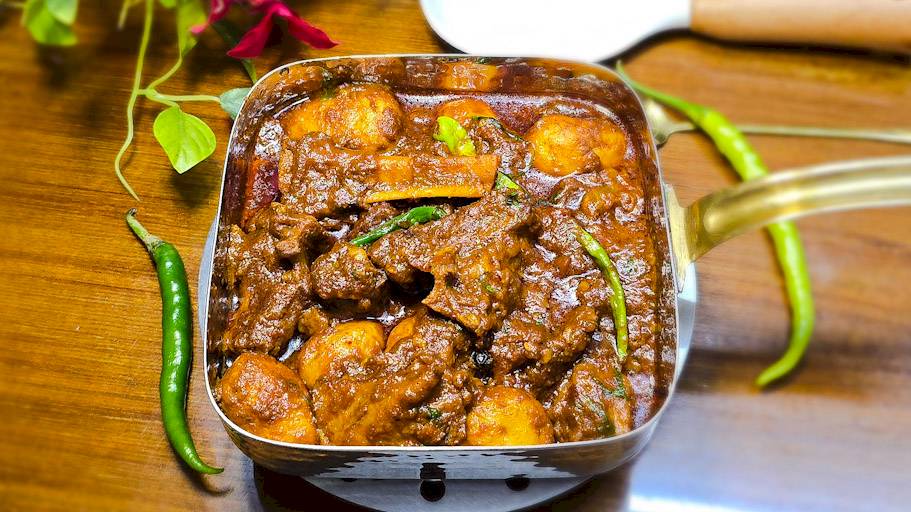
Arvi Gosht /Arbi Gosht Recipe Authentic Mutton Curry With Taro Root
In the world of food, there are some dishes that are not just about flavors but also about emotions. Arbi or Arvi Gosht is one such treasure that touches the soul of Indian and Pakistani kitchens. It is not just a combination of colocasia (taro root) and meat, but a love story that unfolds in every bite.
When the aroma of ginger-garlic, the fragrance of spices, and the slow simmering of meat come together in the kitchen, it feels as if old memories are coming back to life. The special touch of grandmothers, the warmth of a mother’s love in every plate, and the joy of eating together as a family, Arbi / Arvi Gosht is not just about taste but about reliving those priceless moments.
On festive occasions, when its fragrance spreads through the house, every corner echoes with happiness. The tenderness of taro root and the rich, thick gravy of meat create a blend that satisfies not just the hunger but also the heart.
This is not just a dish; it is a taste of childhood memories, family smiles, and moments shared with loved ones. Every time you take a bite, it reminds you of the past and fills you with warmth for the future.
In North India, Pakistan, and Bengal, this dish is not just food, it is a reason to bring people together. Every region has its own unique way of making it, but the emotions remain the same”sharing love and happiness with one another”.
If you haven’t yet tasted Arbi Gosht, you are missing out on more than just a dish, you are missing an experience filled with deep emotions. So next time you have it on your plate, don’t just savor the taste, but also feel the love and memories hidden within every bite.
What is Arbi / Arvi Gosht?
Arbi Gosht is not just a dish; it is the taste of memories that touch the heart. When the aroma of spices fills the air, it brings back the warm memories of childhood, of grandmothers cooking in the kitchen, preparing a special meal with love and care. It is not just a combination of spices and meat but a beautiful blend of tradition and love passed down through generations.
Every bite carries not just flavor but the touch of hands that prepare it with dedication and affection. The richness of the gravy and the tenderness of the meat create a harmony that is both comforting and deeply satisfying. Paired with soft, warm rotis, every bite feels like pure joy.
From different corners of India and Pakistan, Arbi Gosht is made in unique ways, but its essence remains the same, bringing loved ones closer and making every meal special. It is more than just food; it is a way of strengthening bonds and adding sweetness to relationships.
If you haven’t tried Arvi Gosht yet, believe me, you have missed more than just a dish you have missed a treasure trove of emotions. So, the next time it's aroma fills your kitchen, close your eyes and let yourself be transported to the countless memories hidden within its flavors.
The History of Arbi/Arvi Gosht
Some dishes are not just about taste; they tell stories of history, culture, and tradition. Arbi Gosht is one such dish that has been a part of Indian and Pakistani homes for generations. It is not just a combination of meat and taro root but a beautiful journey of flavors and traditions passed down through time.
When its rich aroma spreads through the kitchen, it feels as if the echoes of the past are coming alive once again.
1. The Ancient History of Arbi (Colocasia / Taro root )
Arbi is not just a vegetable; it is a significant part of human history, cultivated and consumed for thousands of years. When combined with meat, it doesn’t just create a flavorful dish—it becomes a symbol of the fusion of civilizations.
(A) Arbi in Ancient India:
The history of arbi in India dates back over 3,000 to 4,000 years. In ancient texts like the Vedas and Upanishads, it was known as "Kuchika." Ayurveda considers arbi to be beneficial for digestion and a great source of energy.
Imagine a scene centuries ago; a grandmother sitting in a courtyard, peeling arbi while telling stories to her grandchildren. She would lovingly explain how this vegetable gives strength to the body and then carefully cook it with spices and meat. This was not just cooking; it was the passing down of wisdom and tradition from one generation to the next.
(B) Arbi in Egypt and the Middle East:
Over 5,000 years ago, ancient Egyptians called arbi "Kaki" or "Kauki." They believed it to be a source of energy and an essential dish for special occasions. For them, it was not just food but a symbol of joy and prosperity.
Imagine a small Egyptian home by the Nile River, where arbi is slowly cooking on a clay stove while family members gather around, laughing and talking. It was not just a meal; it was a moment of togetherness and love.
Arab traders later introduced arvi to Persia (modern-day Iran), where it was combined with meat and spices, evolving into a rich and flavorful dish. This tradition slowly made its way to India and Pakistan, blending into local cuisines. The journey of Arvi Gosht was not just geographical; it was an emotional and cultural connection between civilizations.
(C) Arvi in Europe and Africa:
Arvi’s journey doesn't stop there. The Greeks and Romans embraced it as well, calling it "Kolokasia" and serving it on special occasions. Over time, it traveled across Africa, Spain, and the Mediterranean, taking on different forms and flavors.
In Africa, arbi was often cooked with meat, creating a dish similar to Arbi Gosht. Imagine a small village where the rich aroma of arbi and spices fills the air, bringing the entire community together. It was not just food it was a symbol of unity and shared joy.
2. The Origin of Arvi Gosht:
The roots of Arvi Gosht in India and Pakistan can be traced back to the Mughal era when Central Asian cooking techniques merged with local spices and flavors. This dish was not just about taste; it was about the coming together of two rich culinary traditions.
Imagine the grand royal kitchens of the Mughal empire, where arbi and meat were cooked slowly with aromatic spices. The fragrance would drift through the palace corridors, making even the emperor impatient to taste it. The chefs who perfected this dish were often rewarded with gold, as it was considered a delicacy fit for royalty.
Even today, in many parts of India and Pakistan, Arvi Gosht is a special dish prepared for festivals, weddings, and grand feasts. It is not just about the flavors—it is a way to connect with loved ones and share happiness.
3. The Soul of Arvi Gosht:
Arbi Gosht is not just a combination of spices and meat—it is a taste of nostalgia, of stories passed down through generations, of hands that have lovingly prepared it for their families. It is not just about satisfying hunger but about reliving memories and strengthening bonds.
When a mother serves a warm plate of Arbi Gosht, it carries not just taste but the warmth of her love. When a grandmother tells stories while serving it, every bite feels like a song of comfort and tradition.
In its aroma, you can feel the whispers of history. In its flavors, you can taste the love of generations before you. Every spice carries a story, and every bite holds a memory.
So, the next time Arbi Gosht is cooking in your kitchen, don’t just taste it feel the love, the tradition, and the history it brings with it. It is not just a dish; it is an heirloom of culture, emotions, and relationships.
Key Ingredients For Arvi Gosht
Any dish becomes exceptional when its ingredients are perfectly balanced. The magic of Arbi Gosht lies in how the creamy texture of colocasia (taro root) blends with the rich, hearty taste of mutton or chicken. Let’s explore the key ingredients that make this dish so special and the unique roles they play.
Arvi or Colocasia (Taro Root): Arvi or Colocasia or Taro root is the star of this dish, adding a velvety texture and a subtle sweetness to the gravy. It is packed with fiber and starch, making the dish both nutritious and easy to digest. Once cooked, colocasia turns incredibly soft, making the gravy creamy and even more delicious.
If you ever feel like the gravy is missing something, colocasia steps in to complete it!
Mutton / Chicken: It provides protein and a rich umami flavor, giving every bite depth and richness.
Mutton, when slow-cooked, releases its juices, making the gravy even more flavorful especially if it’s cooked with bones.
Chicken is a lighter, quicker-cooking alternative, perfect for those who prefer a leaner option or want a meal ready in less time.
If you’re craving a deep, bold, and spice-infused taste, go for mutton. But if you want something lighter and quicker, chicken is the way to go!
Onions: Slowly sautéing onions releases their natural sweetness and gives the gravy an amazing texture. They form the base of the gravy, adding richness and depth. The more you caramelize them, the more flavorful and intense the gravy becomes.
If your gravy feels like it’s missing its soul, give your onions some extra love while frying!
Tomatoes: Tomatoes bring a slight tanginess and juiciness, balancing the overall flavor. They contain lycopene, a powerful antioxidant, making the dish not just tasty but also healthy. Tomatoes help tenderize the meat, making it soft and juicy.
If your gravy needs a little tang to balance the flavors, tomatoes will work their magic!
The combination of colocasia, mutton/chicken, onions, and tomatoes is what makes Arbi Gosht so special. Colocasia thickens the gravy, mutton or chicken enriches it with protein and depth, onions add a deep, caramelized sweetness, and tomatoes bring a fresh, tangy balance. Getting the right proportions and cooking them properly is the secret to unlocking the true essence of this dish!
The Right Way to Peel Taro Root (Arbi) with Care and Love
Arbi / Arvi Gosht (taro root) is as delicious as it is, but its preparation requires just as much attention and care. Especially when it comes to peeling arbi or Arvi, it’s not just about using a knife it’s a small challenge in itself. If you’ve ever felt an itchy sensation while peeling arbi, you already know what I mean! But don’t worry, I’m here to share some simple and effective methods so you can peel arbi without any trouble and enjoy the process along the way.
1. Take Care of Your Hands First! (Precautions Before Peeling Arbi)
The outer skin of arbi contains natural substances that can cause itching or mild allergic reactions. So, protecting your hands before peeling is a must!
✅ Method 1: Apply a little mustard oil or coconut oil to your hands before peeling. This will not only protect your skin but also reduce the stickiness.
✅ Method 2: If you have kitchen gloves, wearing them while peeling arbi is the easiest and safest way.
✅ Method 3: To prevent itching, try to keep your hands as dry as possible, as moisture can intensify the irritation.
2. Boiling Method: The Easiest & Hassle-Free Way to Peel Arbi
If you want to peel arbi quickly and effortlessly, the best way is to boil it slightly before peeling.
How to do it?
1️⃣ Wash the arbi thoroughly and place it in a pressure cooker or a pot.
2️⃣ Add enough water to completely submerge the arbi.
3️⃣ Boil for 1-2 whistles in a pressure cooker (or simmer for 10-15 minutes in a regular pot).
4️⃣ Once cooled, gently press the arbi, and the peel will come off easily on its own.
Benefits:
✔ Arbi peels off effortlessly, reducing the chances of skin irritation.
✔ This method saves both time and effort.
3. Peeling Raw Arbi: A Perfect Method for Those Who Prefer It
If you prefer peeling arbi raw, follow these steps:
How to do it?
1️⃣ Wash the arbi and dry it well to prevent it from slipping while peeling.
2️⃣ Use a knife or vegetable peeler to remove the thin outer skin.
3️⃣ Immediately place the peeled pieces in water to prevent them from turning black.
4️⃣ To avoid itching, wash your hands with lemon juice or vinegar after peeling.
A Small but Useful Tip:
If you feel slight itching on your fingers, rub them with lemon juice or a pinch of salt—it provides instant relief!
4. Important Post-Peeling Care
✔ Wash Your Hands Well: After peeling, wash your hands thoroughly with soap to remove any stickiness.
✔ Clean the Knife and Cutting Board: Arbi leaves behind a sticky residue, so clean your knife and board with warm water and mild detergent.
✔ Keep Arbi in Water: Once peeled, soak the arbi in water to prevent oxidation (which causes it to turn black).
Peel with Love and Care, Then Enjoy the Flavor!
Peeling arbi, when done the right way, isn’t a hassle it’s a small kitchen ritual filled with care and love. When you take your time and peel it without itchy hands or extra effort, cooking becomes a much more enjoyable experience.
So, next time you sit down to peel arbi, apply a little oil, be patient, and remember—you’re preparing a delicious dish that will bring joy to everyone at the table!
Recipe Details
PREP TIME
COOK TIME
TOTAL TIME
COURSE
CUSINE
SERVING
Ingredients
250g peeled arbi (colocasia)
400g fresh mutton (bone-in for extra flavor)
1 large onion (thinly sliced)
1 large tomato (chopped)
1 tbsp ginger-garlic paste
2 green chilies (chopped)
1 tbsp cumin powder
1 tbsp coriander powder
1 tbsp red chili powder
½ tsp turmeric powder
¼ tsp garam masala
Salt to taste
2 Green cardamoms
3 cloves
3-4 black peppercorns
1 black cardamom
1 small piece of cinnamon stick
¼ cup oil
fresh coriander leaves (for garnish)
1 glass of water (adjust as needed)
How to Make Arvi Gosht /Arbi Gosht Recipe Authentic Mutton Curry With Taro Root
Heat oil in a pressure cooker or a deep pan. Once hot, add 250g peeled arbi and fry until golden brown. This step ensures the arbi maintains a slight crunch even after cooking in the curry. When the arbi is 90% cooked, remove it and set it aside.
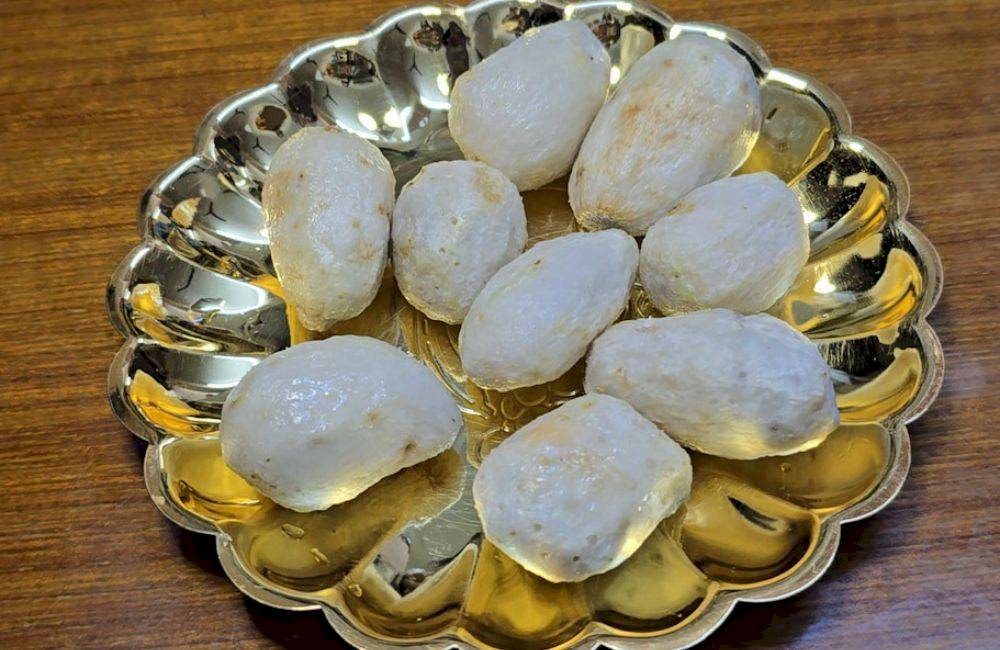
In the same oil, add 2 small cardamoms, 3 cloves, 3-4 black peppercorns, 1 black cardamom, and a small piece of cinnamon stick. Sauté for a few seconds until the aroma is released into the oil, giving the dish a rich, deep flavor.Now, add the sliced onion and fry until it turns light golden brown.

Then, add the chopped tomato along with salt to taste. Cook until the tomatoes soften and completely break down to create a smooth gravy base.
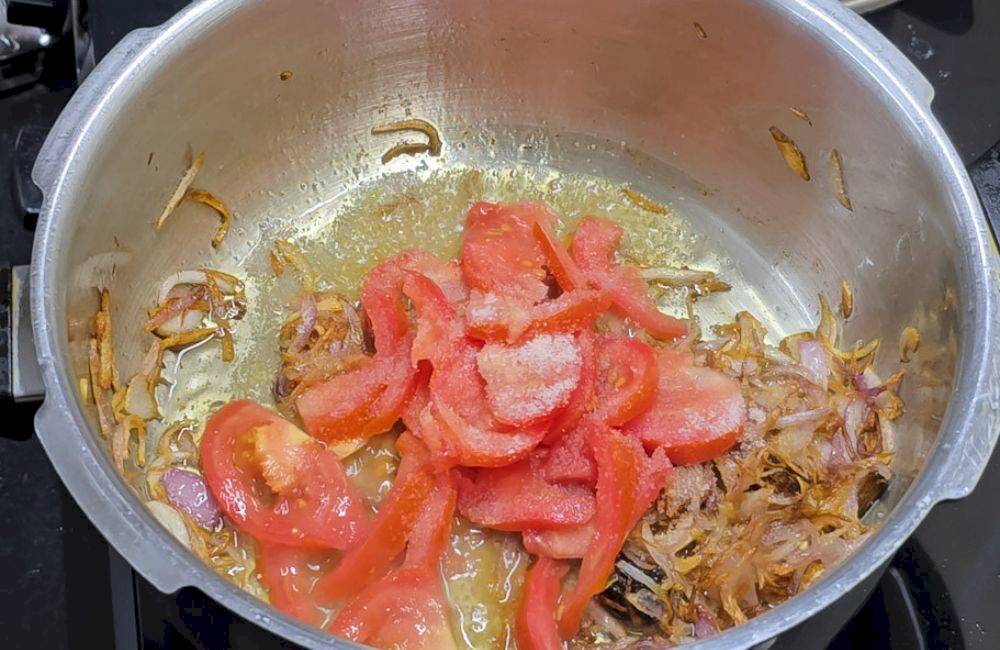
Once the tomatoes are well-cooked, add 400g mutton to the pot. Then, mix in 1 tbsp ginger-garlic paste, 1 tbsp cumin powder, 1 tbsp coriander powder, 1 tbsp red chili powder, ½ tsp turmeric powder, and 2 green chilies.

Stir everything well and sauté for 2-3 minutes to ensure the mutton absorbs all the flavors and the raw spice aroma disappears.

When the masala is well-cooked and releases oil, pour in 1 glass of water and mix everything well.

Close the pressure cooker lid and cook on high heat for 2 whistles, then reduce the heat and let it simmer for 20 minutes. Slow cooking enhances the tenderness of the mutton, making it juicy and flavorful.
Once the pressure cooker cools down, open the lid and check if the mutton is fully cooked. If needed, cook it for a few more minutes. Now, add the fried arbi and ½ glass of hot water.
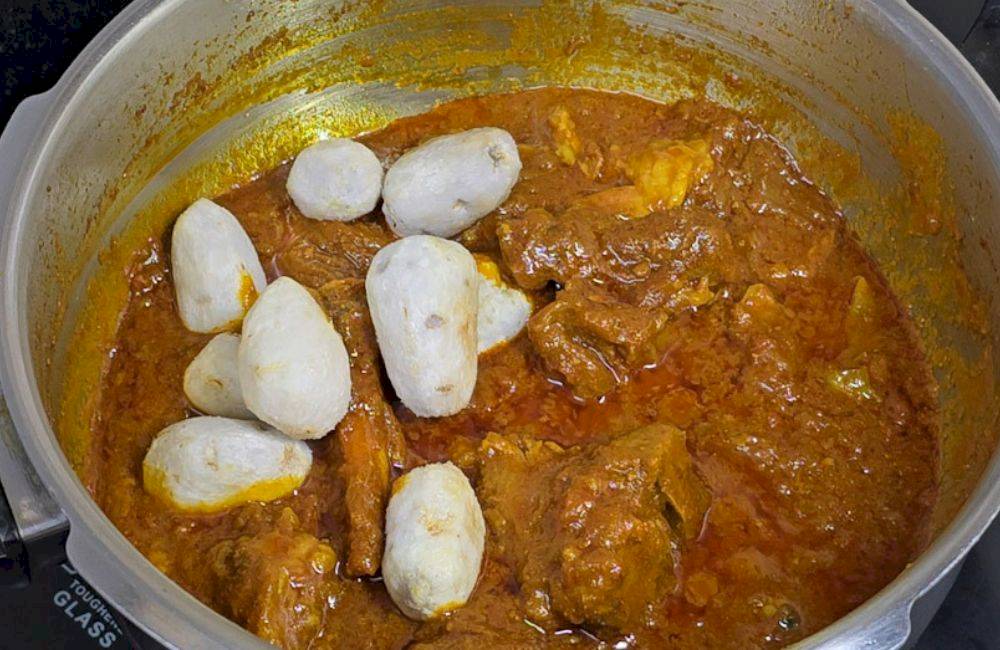
Mixing hot water ensures the texture of the gravy remains smooth and rich. Cover and let it simmer on low heat for 8-10 minutes so that all the flavors blend beautifully.
To finish, sprinkle ¼ tsp garam masala, freshly chopped coriander leaves, and 2-3 green chilies. Give everything a gentle stir and cover the pot, allowing it to simmer for another 2 minutes to enhance the aroma.

And just like that, your delicious Arbi Gosht is ready! The gravy has the perfect consistency not too thick, not too thin making it ideal to enjoy with roti, naan, paratha, or steamed rice. If you prefer a thicker gravy, let it simmer uncovered for a few extra minutes. If you like a slightly gravy consistency, just add a little more water and mix well.
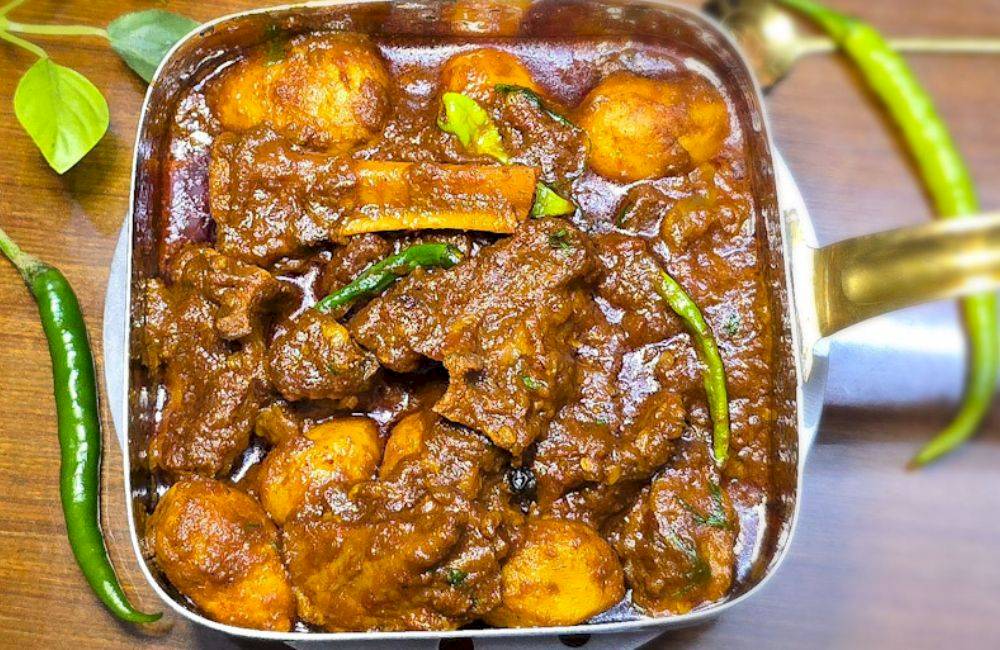
Read This Also: Khada Masala Keema Recipe
Pro Tips for the Best Flavor:
✅ For richer taste, make sure to properly sauté the mutton with spices. This enhances the depth of flavor.
✅ Frying the arbi beforehand prevents it from becoming too mushy in the curry.
✅ For an even more intense taste, let the mutton cook with the spices for at least 10 minutes before adding water.
✅ After cooking, let the dish rest covered for 15-20 minutes. This helps all the flavors to meld together beautifully.
When you serve this flavorful Arbi Gosht, trust me—every bite will be pure joy! This dish is not just a meal; it’s a heartwarming experience, perfect to share with your loved ones. So go ahead, try this recipe, and let the irresistible aroma fill your home!
Related Recipes
Chat with us
Categories
- Breakfast
- Lunch/Dinner
- Side Dish
- Rice
- Chicken
- Non - Veg
- Vegetable
- Drinks
- Desserts
- DIY
Large modal
Large modal
Modal title
Create An Account
Verify Mobile!
Please enter OTP code we sent via SMS:
Login Verify Mobile!
Please enter OTP code we sent via SMS:

